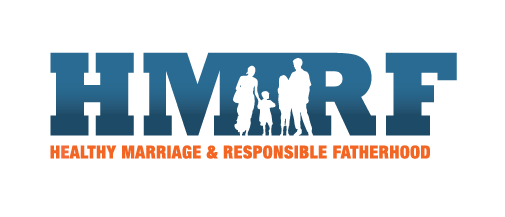Exploring Family Structure Diversity Among Children in Families With Low Incomes
Gabrielle Juteau, Susan L. Brown, Wendy D. Manning and Krista K. Westrick-Payne
Over the last several decades, family composition in the United States has changed and more diversity is present in terms of family structure. Currently, children live in a wide range of family structures that differ according to the number of parents (e.g., two parents versus single parent) and types of parents (e.g., biological versus step) present, as well as the relationships between those parents (e.g., marriage versus cohabitation). Still other children live with no parents and instead reside with grandparents or other caregivers.
Research demonstrates that family structure is linked to child outcomes, but that these differentials in child well-being are substantively small.1,2 Family structure is a marker of children’s access to parental, economic, and social resources that, in turn, shape their well-being.3,4 Research also indicates that certain family forms—such as cohabitation—are not legally recognized, which may mean fewer formal and informal social supports for such families; this, in turn, could account for some of the differentials observed in children’s outcomes by family structure.4,5 For example, parents in married stepfamilies, cohabiting biological families, and cohabiting stepfamilies are less likely to pool their incomes together than those in married biological families, even though access to a parent’s cohabiting partner’s income would lift a substantial share of children living in cohabiting families out of poverty.6,7
However, much research on children’s family structure fails to pay attention to these important nuances and overlooks many of the myriad intersections between parental type and parental relationship status. Rather, studies typically enumerate only the most common family forms, distinguishing among married, cohabiting, and single-parent families and sometimes delineating two biological parent versus stepparent families. Unpacking family structure reveals diverse family configurations among children in families with low incomes, which matters for children’s well-being. Programs that serve children and families should consider this diversity when making decisions about the individuals and families they serve, the types of programming they offer, and the degree to which this programming is inclusive of all families.
In this brief, we describe family structure variation among children living at or below 200 percent of the federal poverty line (or “families with low incomes”)—families that are most often served by a range of human and social service programs in the United States. Using data from the 2022 Annual Social and Economic Supplement Current Population Survey from IPUMS (CPS-ASEC), we unpack family diversity by examining family type, parent type, and union type. We look at this diversity for all children in families with low incomes, and separately for children across three developmental periods: birth to age 5, ages 6 to 11, and ages 12 to 17.




